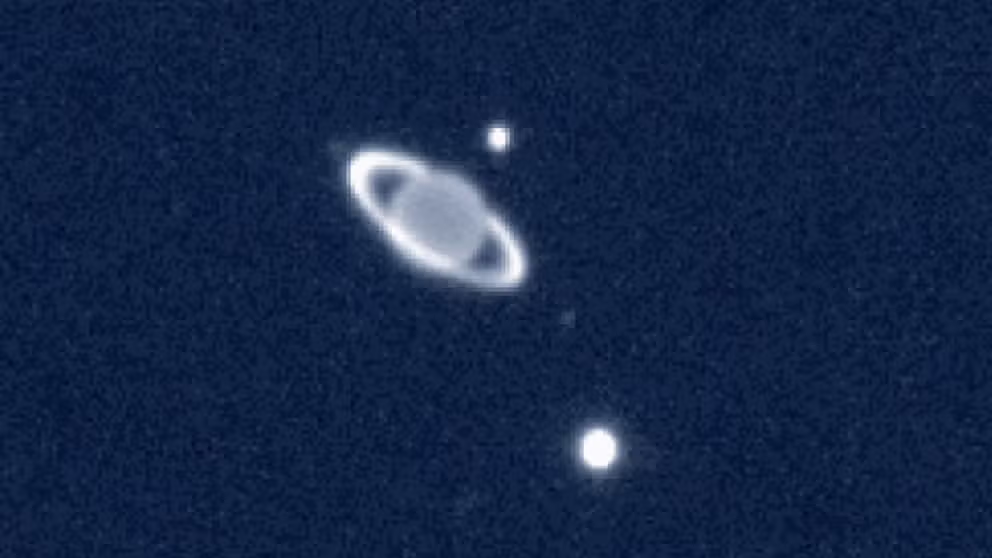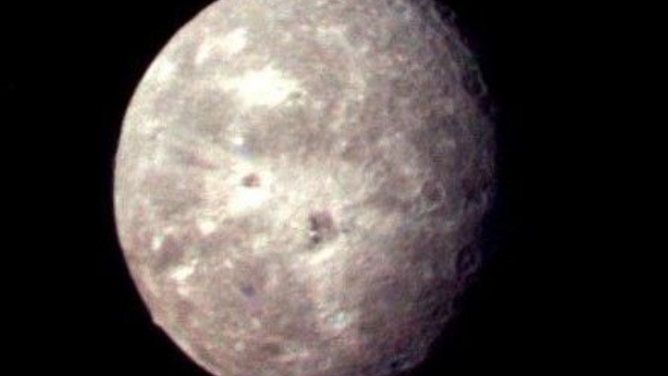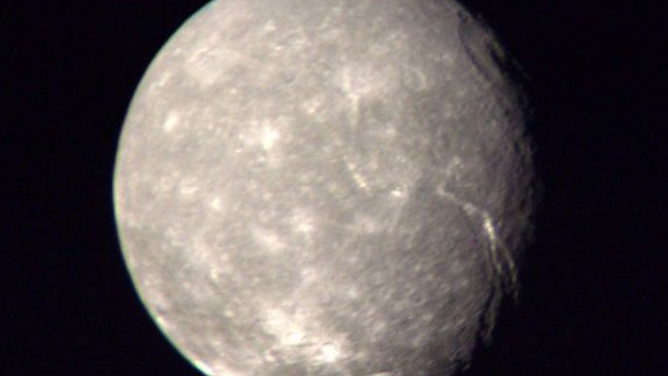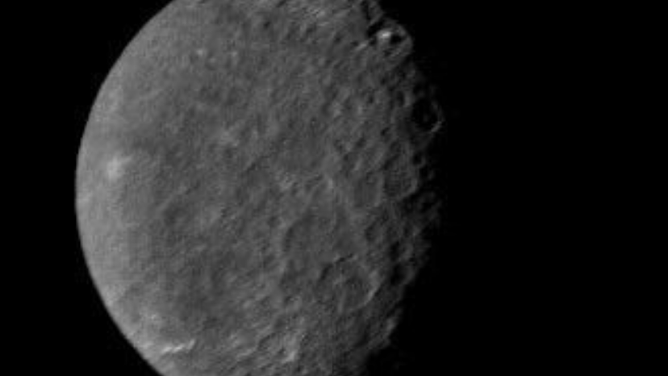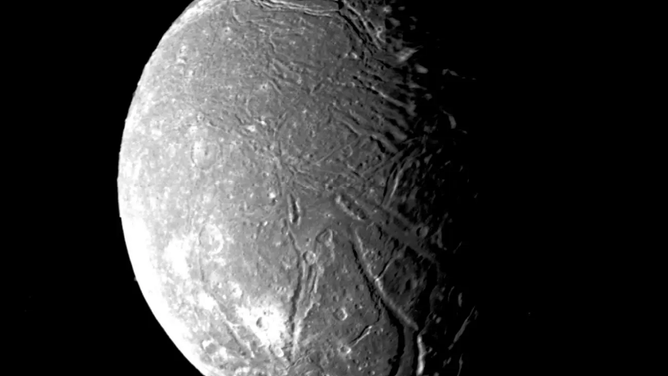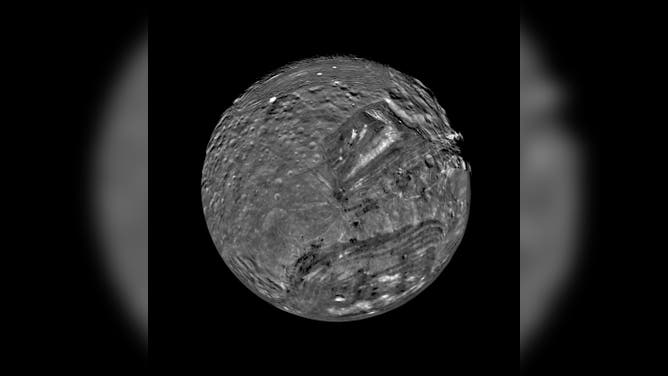NASA’s Webb telescope discovers previously unknown moon orbiting Uranus
According to NASA, Saturn has the most moons at 274, while both Mercury and Venus don’t have any natural satellites. With the addition of S/2025 U1, Uranus now has at least 29 natural satellites.
Discovering Uranus
Uranus was discovered 241 years ago.
WASHINGTON - Astronomers using what is considered to be the most powerful space telescope ever built say they have discovered a previously unknown moon orbiting Uranus, expanding the count of the planet’s natural satellites to at least 29.
According to NASA, scientists using the James Webb Space Telescope spotted the small moon earlier this year and gave it the initial designation of S/2025 U1.
"This object was spotted in a series of 10 40-minute long-exposure images captured by the Near-Infrared Camera (NIRCam)," Maryame El Moutamid, lead scientist at the Southwest Research Institute’s Solar System Science and Exploration Division in Boulder, Colorado, said in a statement. "It’s a small moon but a significant discovery, which is something that even NASA’s Voyager 2 spacecraft didn’t see during its flyby nearly 40 years ago."
The moon was estimated to be just six miles across and likely serves as the primary reason why previous missions, including a flyby by Voyager 2, have missed seeing the natural satellite until this year.
S/2025 U1 is said to be the fourteenth member of Uranus’ inner satellite system and the twenty-ninth overall.
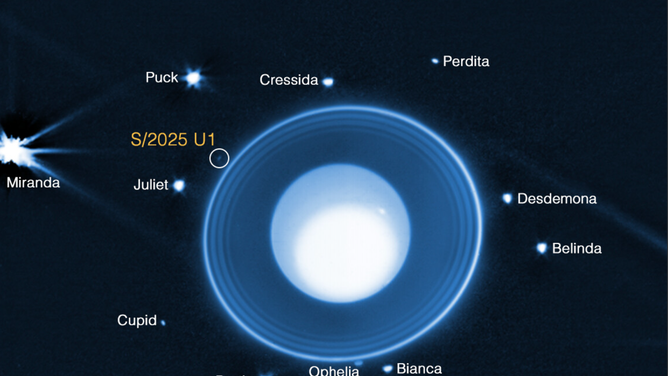
Uranus has a new moon that has been named S/2025 U1.
(ESA / FOX Weather)
SEE THE OBJECTS HUMANS LEFT BEHIND ON THE MOON
"No other planet has as many small inner moons as Uranus, and their complex inter-relationships with the rings hint at a chaotic history that blurs the boundary between a ring system and a system of moons," Matthew Tiscareno, a researcher at the SETI Institute in Mountain View, California, and a member of the Webb science team, stated. "Moreover, the new moon is smaller and much fainter than the smallest of the previously known inner moons, making it likely that even more complexity remains to be discovered."
According to NASA, Saturn has the most moons in our solar system, with the last count putting the number at 274, while both Mercury and Venus don’t have any natural satellites.
Like Uranus’ other satellites, the new moon will eventually receive a formal name from the International Astronomical Union.
The planet’s moons have traditionally been named after characters from the works of William Shakespeare and Alexander Pope. Some of the known moons are Miranda, Ariel, Umbriel, Titania and Oberon.
THE MOON IS NOW CONSIDERED A VULNERABLE CULTURAL HERITAGE SITE
Astronomers say the Webb’s latest findings reinforce the need for a future spacecraft mission around one of the least-studied planets in the solar system.
NASA and other space agencies have discussed launching an orbiter in the 2030s, which would study the planet’s atmosphere, rings and apparent growing number of moons.
